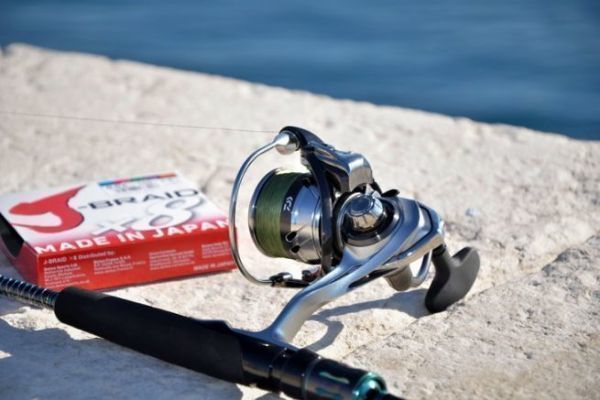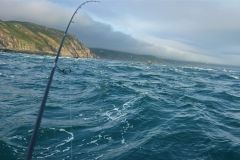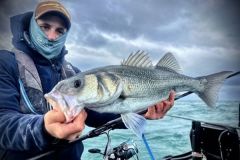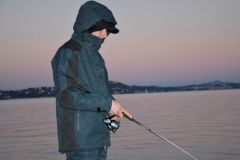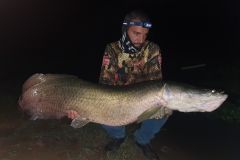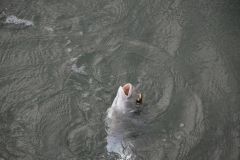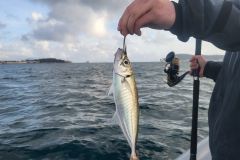3 and 4-strand braids
In braid design, the fewer the number of strands, the less round the braid. A 3-strand braid will therefore have a triangular shape, while a 4-strand braid will have more of a diamond shape. These shapes are not particularly well-suited to splitting air and water, and also create frictional noises in these two media.
3 and 4-strand braids are also not very resistant to abrasion, since the loss of one strand would divide the braid's total resistance by a third for a 3-strand or a quarter for a 4-strand. However, these are the least expensive braids on the market and are perfectly suited to beginners wishing to start braid fishing. These braids are also stiffer than an 8 or 12-strand braid and can be interesting to use for violent animation techniques such as Bichi bachi squid fishing.
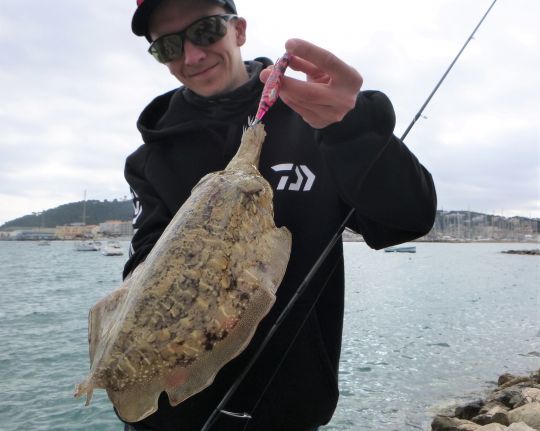
The 8-strand braid
The 8-strand braid is undoubtedly the best-selling braid on the market, offering a relatively round shape, a reasonable price and sufficient abrasion resistance for most fishing situations. It can be used for both casting and shallow vertical fishing. It splits air and water relatively well, enabling us to limit the banner effect of both wind and current. Its flexibility is very useful when you want to obtain good casting distances as well as for long-range animations.
Some 8-strand braids also feature special coatings designed to improve glide and abrasion resistance. While this makes it possible to cast farther and increase life, the diameter of the coated braid, for a given tensile strength, will be larger than for a conventional braid.
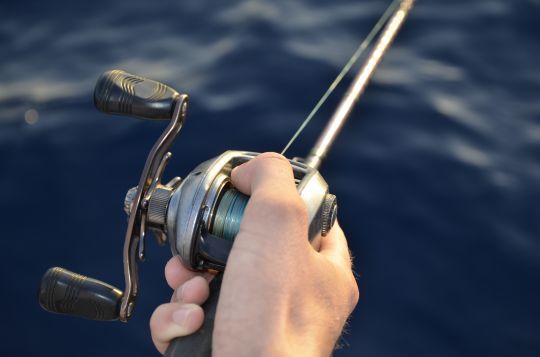
12-strand braid
The 12-strand braid is the Holy Grail of braids. It is mainly used for very specific techniques requiring complex specifications. A 12-strand braid offers much greater tensile strength than an 8-strand braid, for a much smaller diameter. This means you can use a much stronger braid without compromising on reel capacity. The 12-strand braid is therefore very useful when fishing for very large fish, such as tuna.
It is also very interesting for deep vertical fishing, which requires a very fine diameter to avoid bannering. This allows you to fish with greater resistance to abrasion and traction for the same diameter as with an 8-strand line.
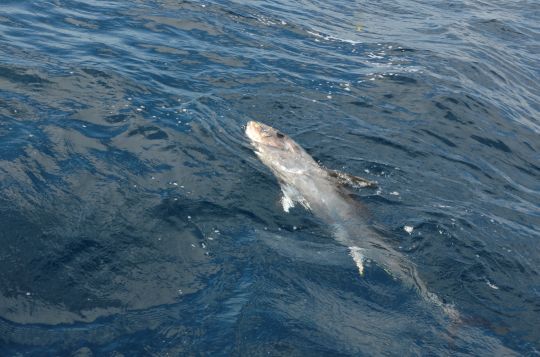

 /
/ 